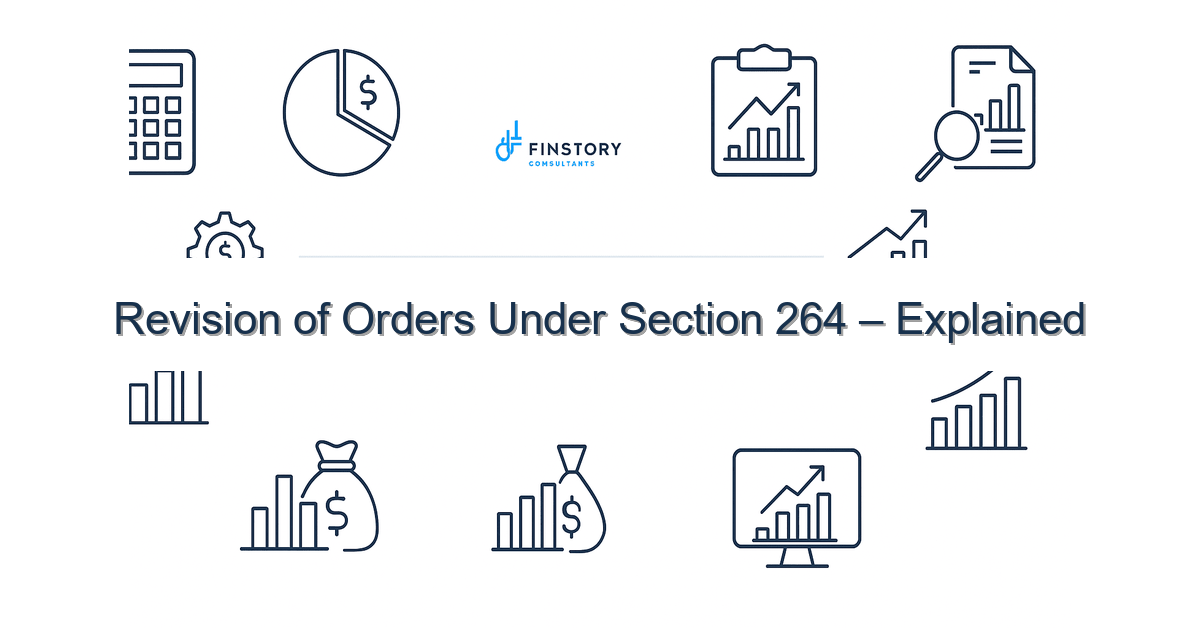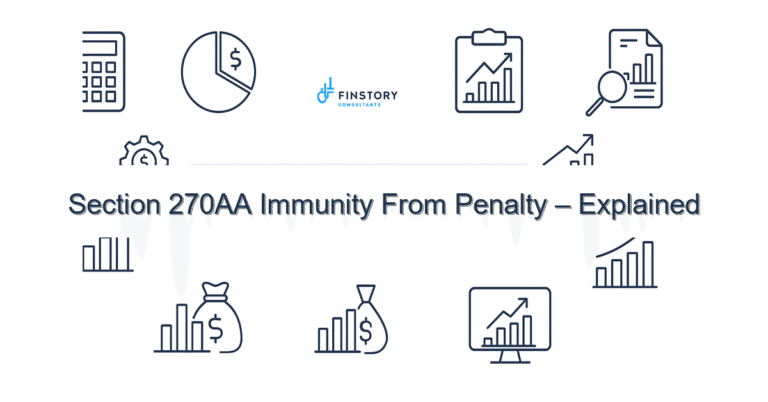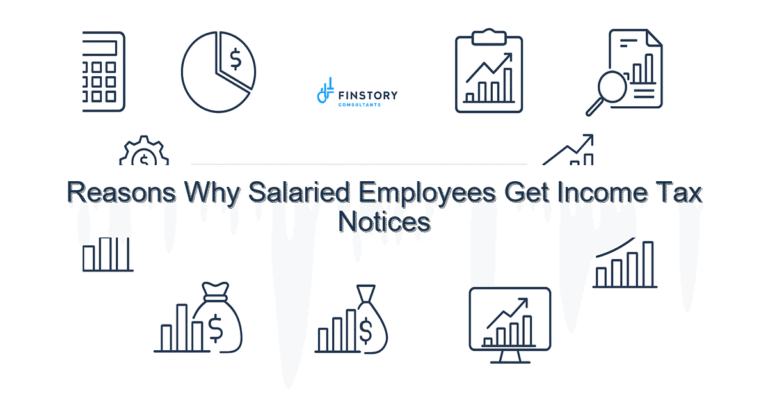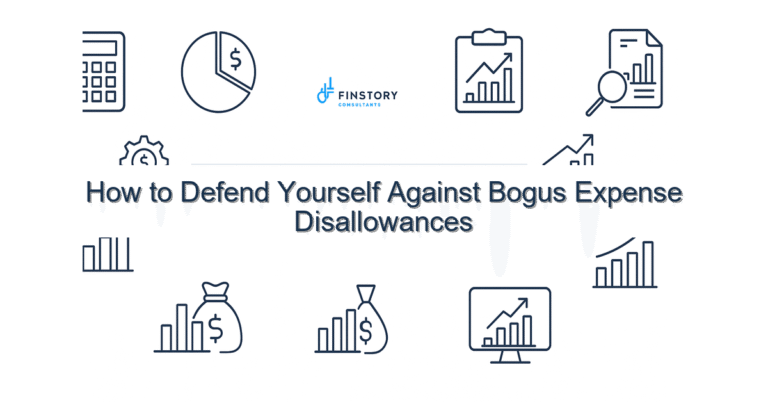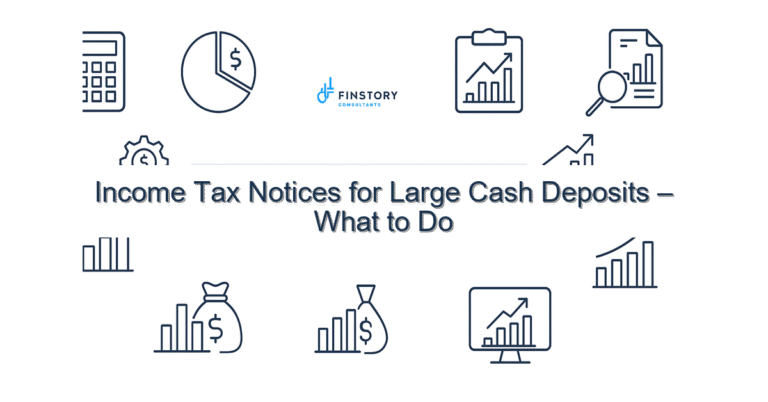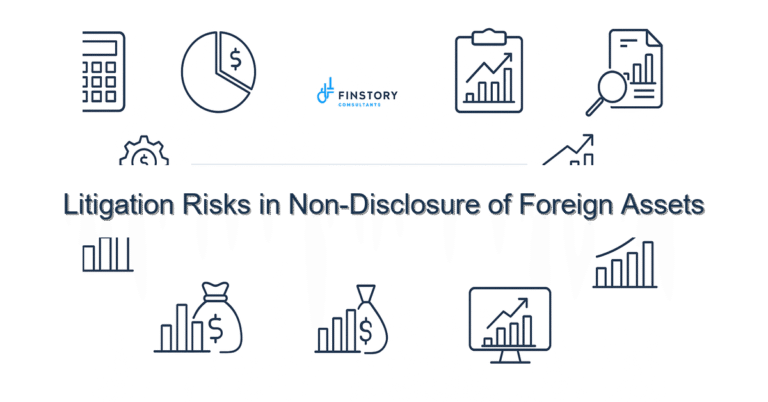Revision of Orders Under Section 264 – Explained
Feeling anxious after receiving an unexpected income tax order or a demand notice? You’re not alone — many salaried employees, professionals, founders and MSMEs in India hit the same wall when tax assessments don’t align with reality.
Summary: Section 264 allows you to ask the tax Commissioner to revise an order that is erroneous or prejudicial to the taxpayer. Knowing when to apply, how to document the mistake and when to escalate can save refunds, avoid penalties and reduce notices. Act quickly, follow a clear checklist and get expert help to increase success.
What’s the real problem in India?
Tax laws are complex and notifications, circulars and forms change often. Terms like AY/PY, CBDT timelines and revision windows are confusing to many taxpayers. On top of that, a small clerical error — a mismatched TDS entry or an incorrect PAN name — can trigger an adverse order. Understanding the revision framework under Section 264 of the Income-tax Act is therefore essential.
- Symptom: You receive a demand note that doesn’t match your Form 26AS / AIS or ITR figures.
- Symptom: An assessing officer issues an order with a legal or arithmetical mistake (e.g., wrong capital gains indexation applied).
- Symptom: You missed the ITR filing last date and an order treats income differently without considering your belated explanation.
- Symptom: TDS/TCS credits shown in AIS/26AS aren’t accounted for in the assessing officer’s order.
What people get wrong
Many taxpayers believe every adverse order can be revised automatically — that’s not true. Common pitfalls:
- Assuming Section 264 covers fresh facts or re-assessment — it is limited to errors apparent on the face of the record.
- Not checking AIS/26AS and reconciliations before filing a revision application — missing TDS/TCS entries weaken your case.
- Relying on informal emails or verbal promises from tax officers instead of formal revision applications or appeals.
- Waiting too long — Section 264 applications are time-sensitive and documentation is crucial to prove the error.
A better approach
Use a structured framework to assess whether Section 264 is the right remedy and prepare a strong, evidence-backed application.
- Confirm the error is “apparent on the face of the record” — clerical mistakes, arithmetic errors, or omission of TDS/TCS credit reflected in AIS/26AS often qualify.
- Gather documentary proof: Form 16/Form 16A, Form 26AS/AIS, bank statements, contract copies for capital gains indexation, and ITR returns with computation.
- Prepare a concise revision petition citing the exact clause, order details, AY/PY, and demonstrating how the final order is erroneous.
- File with the appropriate Commissioner (not the Assessing Officer) and follow prescribed timelines; retain postal or e-filing receipts.
- If rejected, evaluate appeal options (ITAT or High Court) with a tax advisor — sometimes an appeal is better than repeated revision attempts.
Real-world: A Bengaluru software founder received a demand where long-term capital gains were taxed without allowing indexation. We submitted a Section 264 revision with cost inflation index computations; the Commissioner revised the order and a refund of INR 2.8 lakh was released within 3 months.
Quick implementation checklist
- Compare the order line-by-line with your ITR and AIS/26AS this week.
- Download and print Form 26AS and the annual AIS; highlight missing TDS/TCS credits.
- Prepare a short note (1–2 pages) summarising the apparent error and the relief sought.
- Collect primary evidence: Form 16/16A, bank statements, sale deed or broker statement for capital gains indexation.
- Draft the Section 264 application with clear references to the order number, date and AY/PY.
- File the application with the Commissioner (attach proof of submission) and request an acknowledgement.
- Follow up in writing (email or portal) within 15–30 days; keep a record of all communications.
- If unsure about drafting or legal grounds, book a consult — mistakes in wording can lead to rejection.
What success looks like
- Refunds processed: successful revision leads to full or partial refunds (e.g., 100% of disputed TDS credited).
- Fewer notices: corrected orders reduce future scrutiny and subsequent notices by up to 60% in similar issue classes.
- Lower penalties or waived interest when the error is accepted early.
- Faster ITR processing and no hold-ups on refunds or loan verifications tied to tax compliance.
- Improved record accuracy: reconciled AIS/26AS and ITR entries decrease risk of re-assessment.
Risks & how to manage them
Risk: Rejection for not meeting the “apparent error” test. Manage by documenting the exact mistake and presenting clear, contemporaneous records.
Risk: Delay leading to interest and penalties. Manage by filing promptly and requesting interim relief where feasible.
Risk: Wrong forum or officer. Manage by confirming the correct Commissioner and following the prescribed procedure; an advisor can help route correctly.
Tools & data
Use available Indian tax tools to build the evidence pack:
- AIS/26AS — reconcile TDS/TCS credits and spot missing entries.
- E-filing portal — to download previous ITR acknowledgements and file communications.
- TDS/TCS tracking tools and bank statements — verify payments and receipts.
- Capital gains indexation calculators and broker statements — especially important for long-term gains.
- Keep a folder of communications with assessing officers and recorded receipts when sending physical documents.
FAQs
Q: What exactly is Section 264?
A: Section 264 allows the Commissioner to revise an order if it is erroneous and prejudicial to the taxpayer. It’s meant for clear mistakes apparent on the face of the record, not for re-assessing facts.
Q: Can I use Section 264 if I filed a belated return after the ITR filing last date?
A: Yes, but the revision must still show an apparent error in the order. Filing late complicates matters; ensure you include reasons and documentary proof when seeking revision.
Q: Will claiming deductions like Section 80C limit or choosing the new vs old regime slabs affect my revision?
A: Deductions and regime choices matter at the computation stage. Section 264 is for correcting errors in an issued order — if the order ignored valid deductions or misapplied slabs, those are grounds for revision, provided they’re apparent on record.
Q: What if the issue is missing TDS/TCS entries in AIS/26AS?
A: Reconcile immediately. If entries exist in AIS/26AS but not in the order, use that as primary evidence in your Section 264 application. If AIS/26AS is missing entries, approach the deductor first to correct TDS/TCS.
Next steps
If an order has surprised you, don’t wait — the sooner you take structured action, the better your chance of a favourable revision. You can start with the checklist above and then escalate to expert help for drafting and follow-up.
For a personalised assessment of whether Section 264 applies to your case, speak with our team.
Work with Finstory. Speak with an Expert for a personalised plan to reduce your tax outgo and stay compliant. Book a free 20-min consultation.
📞 Need help with Income Tax in India?
Book a 20-min consultation with our tax team. Individuals, founders & MSMEs welcome.
Prefer email or phone? Write to info@finstory.net
or call +91 44-45811170.
